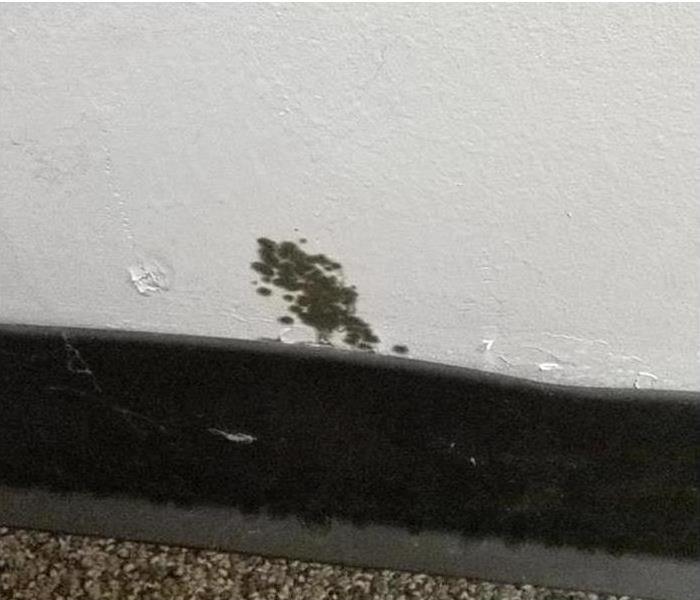What’s the Most Accurate Way To Identify Mold?
4/13/2019 (Permalink)
 Scheduling a professional mold test is the only way to determine whether black mold or any other mold is growing in a building.
Scheduling a professional mold test is the only way to determine whether black mold or any other mold is growing in a building.
It is almost impossible for untrained professionals to identify mold. Even indoor environmental professionals rely on lab testing to accurately identify the genus and species of fungi. Scheduling a professional mold test is the only way to determine whether black mold or any other mold is growing in a building in Berwyn, IL.
Observe Indications or Risks
Non-professionals can look for signs of water damage, visible mold or odors. Do not attempt to perform any DIY mold tests. There are several reasons why mold can be difficult to identify:
- There are over 100,000 types of mold
- Mold changes colors throughout the growth cycle
- Mold spores are everywhere
Black mold may appear green in early stages of growth, and other non-toxigenic types of mold may appear black. A musty odor indicates the presence of microbial volatile organic compounds, which are off-gases released during the mold growth cycle.
Arrange For Mold Testing
An IEP will arrive on location to take samples. He or she may use one or more of the following methods:
- Air samples
- Surface samples
- Bulk samples
Air samples involve capturing air from inside and outside a structure. Surface samples are practical when mold growth is apparent. Bulk samples involve testing contents from within a structure. It may take several days to process the results of a professional test.
Review the Results
An IEP will review test results with a building owner or facility manager and recommend remediation methods. Mitigation and restoration professionals trained in mold remediation can ensure that the infestation is eliminated, underlying issues are resolved and mold growth will not reoccur.
Even if a non-professional correctly identifies the genus of mold, such as black mold or stachybotrys, there are numerous species that may or may not be toxigenic. Obtain an accurate identification from an IEP and rely on a certified mold cleanup service located in Berwyn, IL.






 24/7 Emergency Service
24/7 Emergency Service